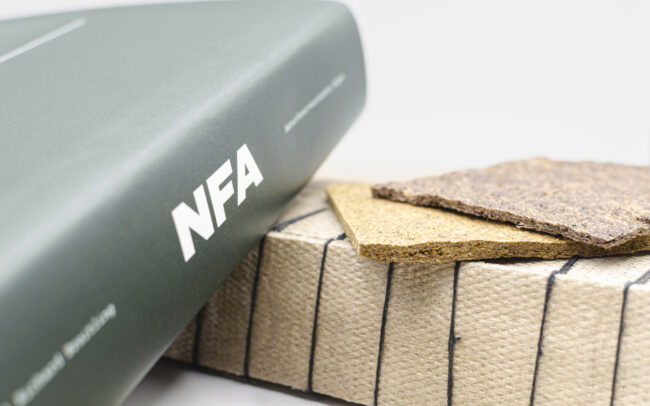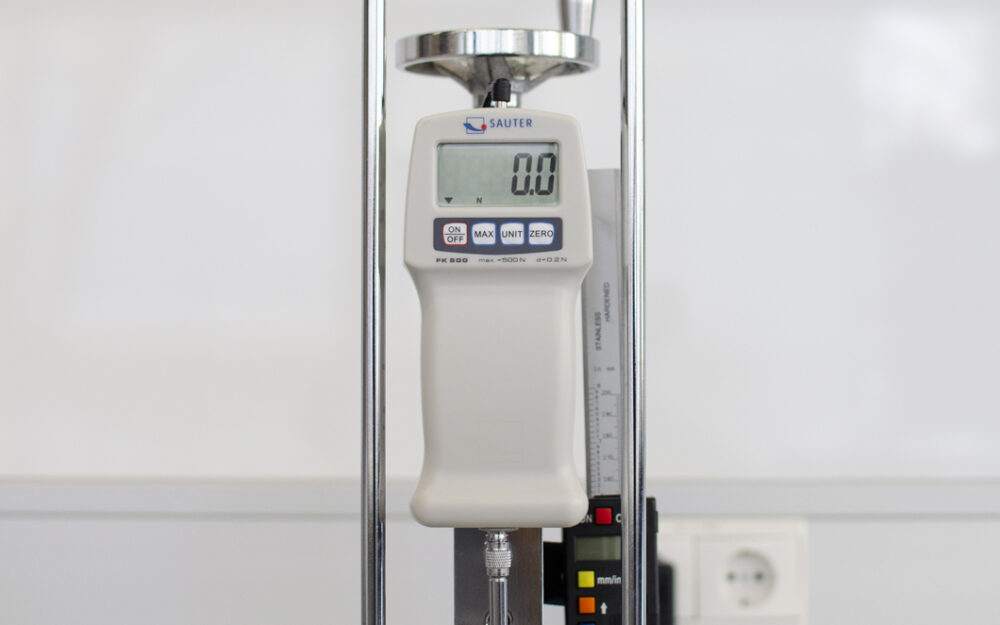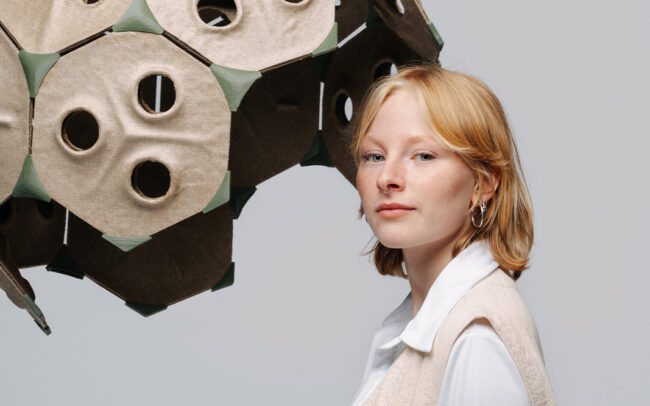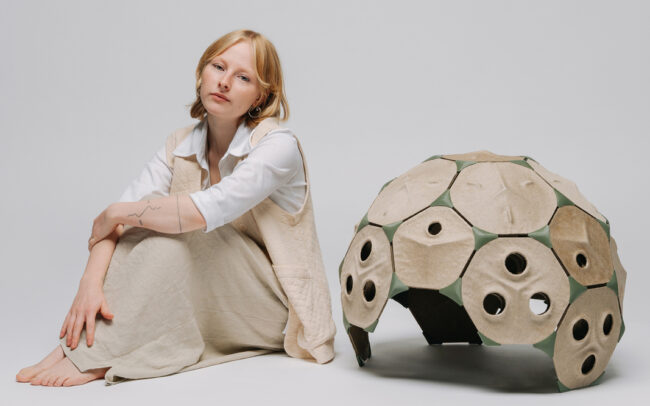NFA: Natural Fiber-reinforced Alginates
Introduction
Creating a composite material that is easily recyclable may sound straightforward, but it presents a complex challenge. Consequently, this thesis focuses on the development of a fiber composite material that is fully biodegradable. To achieve this aim, various components derived from algae are combined with fibers or fabrics to form a robust composite material.
Fiber-reinforced composites
Composite materials are of particular interest due to their capacity for a wide array of properties. The almost limitless possibilities for combining different constituents allow for the continual creation of new composites optimized for specific uses or suitable for diverse applications. In essence, composites comprise two or more discrete materials integrated in such a manner that the resulting composite manifests unique characteristics. However, this strength in combination also represents its most significant drawback; the material is often difficult to disassemble for recycling or reusability. This challenge inspired the idea of developing a composite material that is entirely biodegradable.













